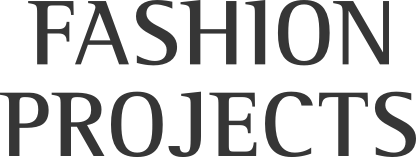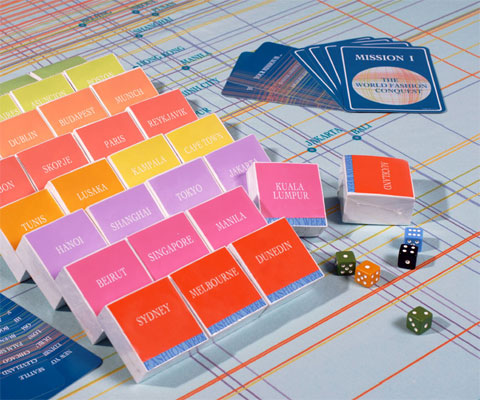Worn Fashion Journal
/Worn, Issue 3
Reading Broken Pencil—the definitive guide to zines and underground publishing—we came across a review of Worn, a Montreal-based publication which sets out to deliver "intelligent and insightful content dealing with style, clothing and wearing." This journal covers "independent designers, fashion history, subculture studies, personal musings, and relationships between art, music, film and fashion."
The current issue looks quite promising, as it covers topics ranging from the history of Bakelite to the the styles of Weimar Germany to bark cloth, and counts ROM curator Alexandra Palmer among its contributors.
Francesca









